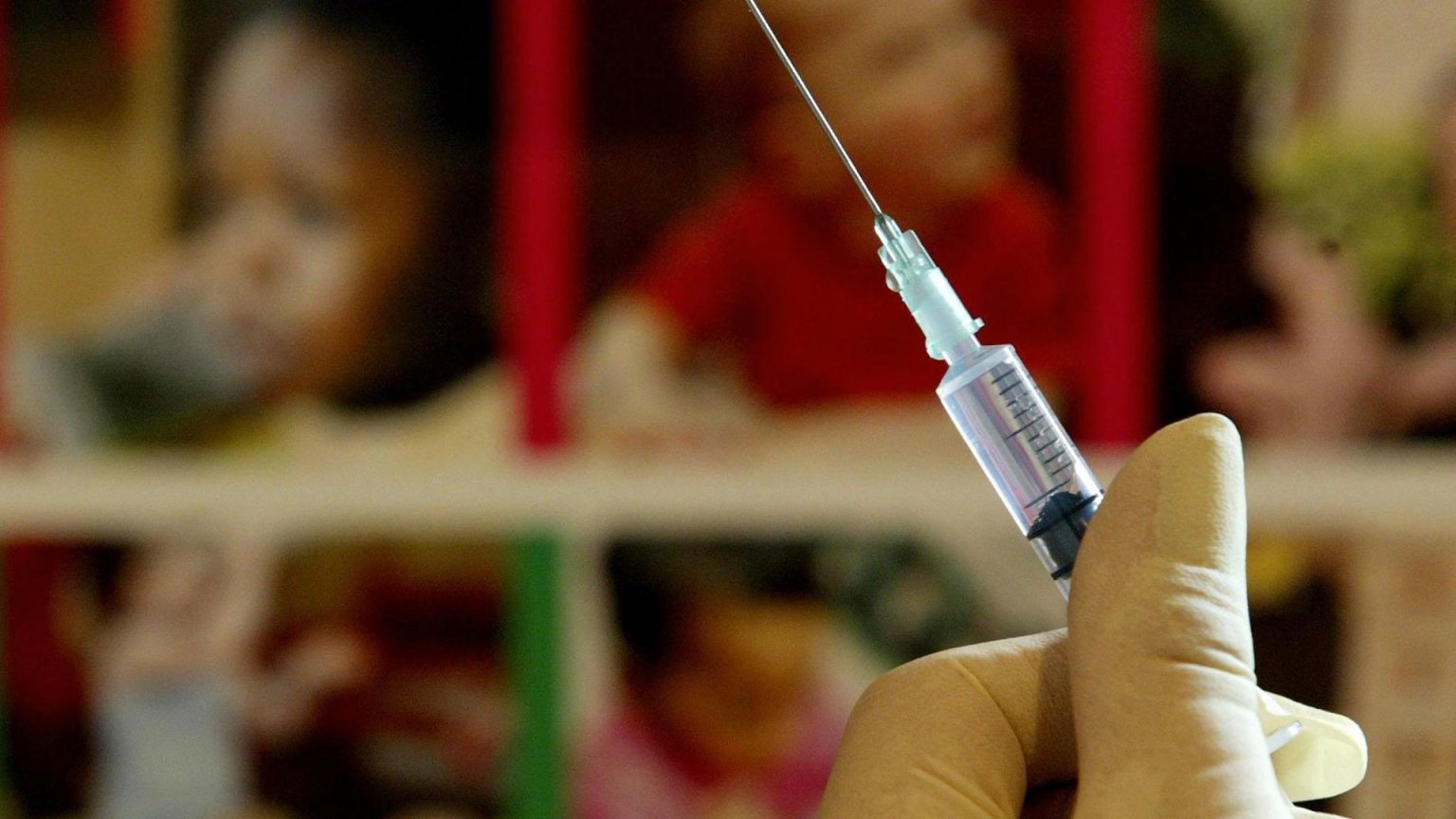The UK government is currently stockpiling more than five million bird flu vaccines amid fears that the H5N1 virus could potentially spark the next global pandemic. This highly pathogenic virus has been prevalent in birds worldwide and has recently started spreading in mammals, including cows. Scientists are concerned that the virus could mutate to spread from human to human, leading to another pandemic. In response to these fears, the UK Health Security Agency has secured H5 vaccines to be prepared in case of an outbreak. The vaccine is being manufactured in the UK by CSL Seqirus UK Limited, and experts emphasize the importance of being prepared for a wider range of influenza threats.
Prof Sir Andrew Pollard from Oxford University has highlighted the importance of resilience against potential risky flu types, like H5, for future pandemic and outbreak preparedness. H5 is one of the many families of flu viruses that pose a risk, and the global spread of this virus among birds and various mammals has led to increased concerns. H5N1 has infected 903 people and killed at least 465 since 2003, with cases also spreading to US cattle this year. This has raised alarm among scientists, as cows infected with the virus have transmitted it to humans. The emergence of new strains of influenza remains a top pandemic threat, and experts stress the significance of being prepared to combat such risks.
Recent cases of H5 bird flu at a poultry farm in Yorkshire, England, have highlighted the threat posed by the virus. The UK Department for Environment, Food and Rural Affairs confirmed these cases and announced measures to contain the outbreak. While the virus has not yet been detected in humans in the UK, experts are concerned about the virus’s rapid spread in various mammal species, including pigs, foxes, and seals. Genetic analysis of the virus that infected a Canadian teenager showed mutations that make it easier to infect humans, raising further concerns about the potential for the virus to jump between species. Scientists are closely monitoring the situation to prevent the virus from further mutating and spreading.
The World Health Organization reports that from 2003 to 2024, 889 cases and 463 deaths caused by H5N1 have been reported worldwide, with a case fatality rate of 52%. Leading scientists warn that an influenza virus is the most likely pathogen to trigger a new pandemic in the near future. While vaccines against many strains, including H5N1, have been developed, others are still in the pipeline. Scientists emphasize the importance of continued research and preparedness to combat potential flu outbreaks and pandemics. The current situation with the H5N1 virus underscores the need for proactive measures to prevent the virus from mutating and spreading further, posing a threat to both animals and humans. Vaccination and early interventions play a crucial role in saving lives and reducing the impact of potential influenza outbreaks.











